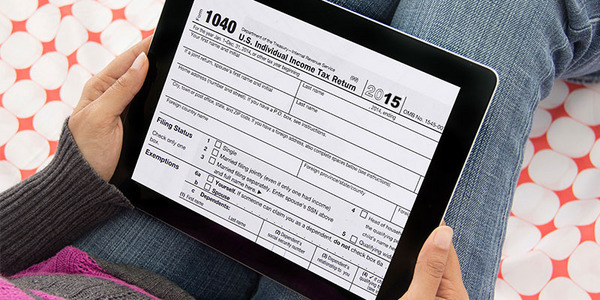
When you file your tax return to claim the nice refund you expected, you might be in for a nasty surprise: a rejection notice, indicating that your return has already been filed. Clerical error? No, it’s the telltale indicator that you’re a victim of tax ID fraud.
This scam is one of the biggest reasons why here at ESET, we see a surge of interest in our security solutions every year around tax time. All a crook needs is a few pieces of personal information and your Social Security number to try and snag your tax refund.
It doesn’t take a sophisticated cybercrook to pull off this scam. Consider the case of Rashia Wilson of Tampa Bay, Florida, the self-proclaimed “Queen of IRS Tax Fraud.” She raked in more than $3 million filing bogus returns, then got caught by bragging about the thefts on her Facebook page.
However, there's good news. Over the last two years, the IRS has implemented new processes, working with state tax authorities and the tax industry to address tax-related identity theft and refund fraud. As part of their Security Summit, the IRS made significant inroads against fraudulent returns in 2016. So far, the IRS reports, Summit efforts have led to a 50 percent decline in the number of new reports of stolen identities on federal tax returns.
How big is the fraud problem?
A staggering 1.6 million taxpayers fell victim to tax ID fraud in the first six months of 2013 alone. Moreover, the average case takes 10 months to resolve, and in the meantime, you could find yourself turned down for a loan because of discrepancies between your tax records and those of the IRS. Or worse, you could find the IRS asking you to return money that it paid out in your name to a scam artist.
How can you protect yourself?
Take these steps to keep your information safe:
- Order your IRS transcript at irs.gov to see what the IRS has on record for you in terms of tax payments and refunds.
- File your returns early to limit the opportunity for fraud.
- Guard all bank account information and your Social Security number, at all times. These are the ingredients for tax ID fraud and you don’t want to make it easy for the bad guys.
The IRS itself has recommended that taxpayers use Internet security software that includes firewall protection and antimalware to keep data, computers and devices safe. Consider a product such as ESET Multi-Device Security, which protects all of your Windows,® Mac® and Android™ devices and confidential data with a single license.
To learn what to look for and how to stay safe year-round, get our free guide, “Taxing times: Tips for preventing fraud.”